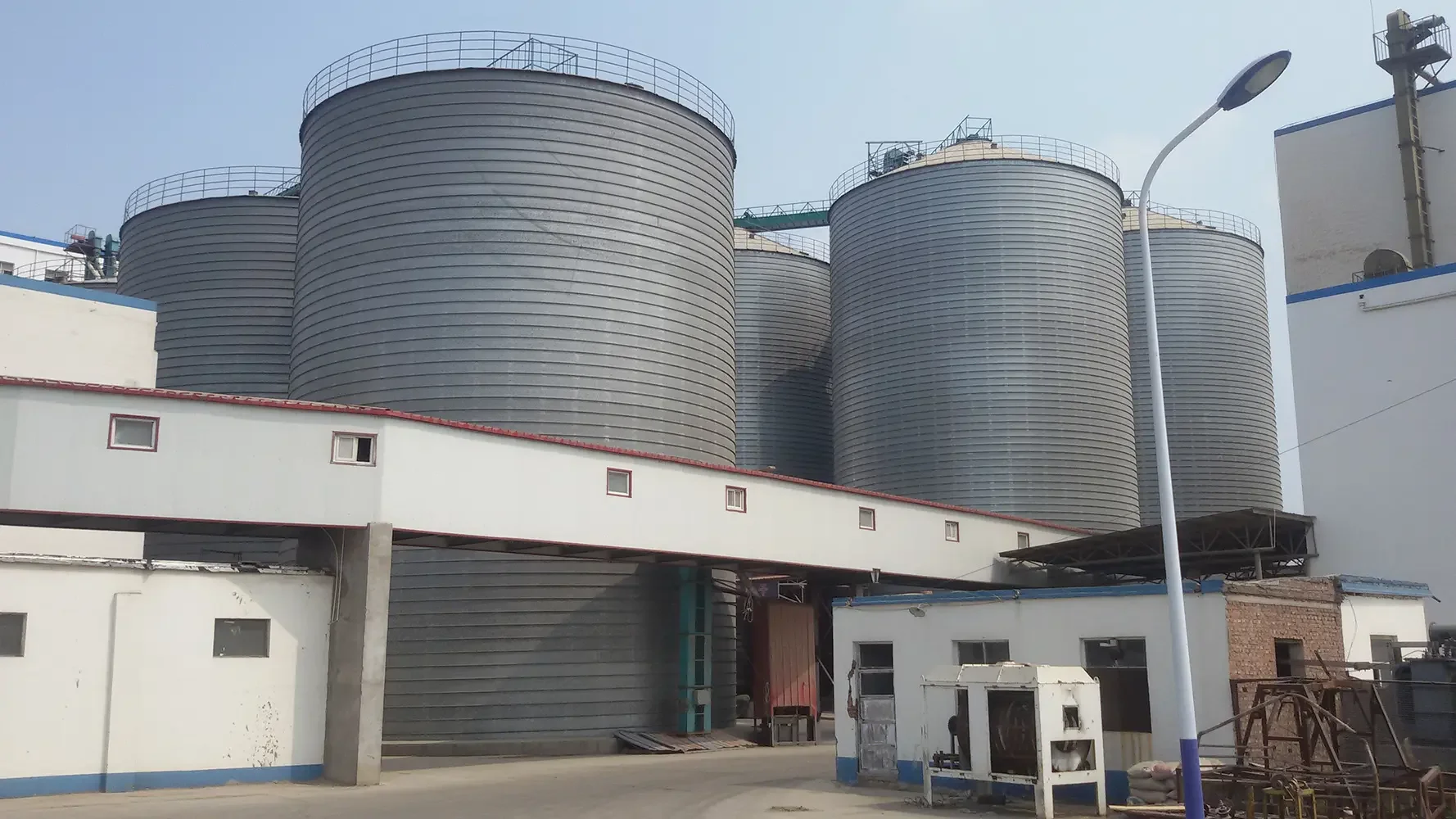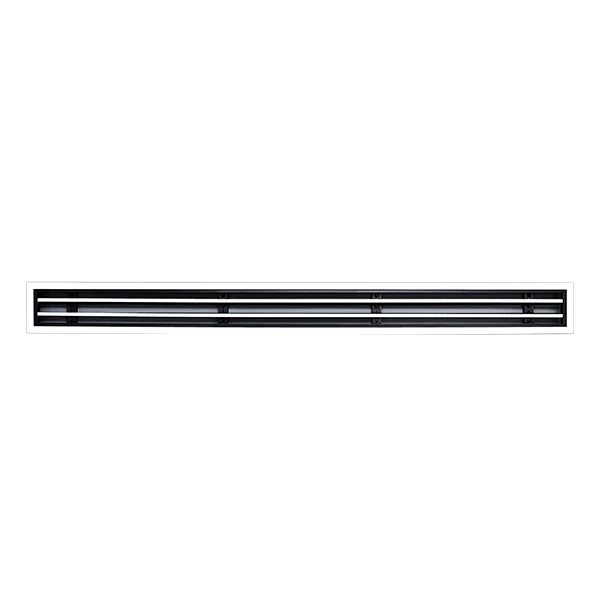When it comes to energy efficiency and comfort in our homes, insulation plays a pivotal role. While commercial insulation products are widely available, many homeowners are turning to homemade insulation solutions for their affordability, sustainability, and effectiveness. This article delves into the best homemade insulation options, exploring their materials, applications, and benefits, while ensuring that the information is both practical and insightful.
Understanding Insulation: The Basics
Before we dive into the specifics of homemade insulation, it’s essential to understand what insulation does. Insulation materials reduce heat transfer, keeping your home warm in winter and cool in summer. The effectiveness of insulation is measured by its R-value, which indicates its resistance to heat flow. The higher the R-value, the better the insulation.
Why Choose Homemade Insulation?
- Cost-Effectiveness: Homemade insulation can significantly reduce costs compared to store-bought options.
- Sustainability: Many homemade solutions utilize recycled or natural materials, contributing to environmental sustainability.
- Customization: Homeowners can tailor insulation solutions to fit specific areas of their homes, addressing unique needs and challenges.
Top Homemade Insulation Materials
- Cellulose Insulation
Material: Recycled paper products, such as newspapers and cardboard.
Application: Cellulose insulation can be blown into walls and attics, providing excellent thermal resistance.
Benefits:
- High R-value (around 3.5 to 4 per inch).
- Eco-friendly, as it uses recycled materials.
- Effective at reducing air leaks when properly installed.
How to Make: Shred paper products and treat them with a fire retardant. Use a blower to install the cellulose in the desired areas.
- Cotton (Denim) Insulation
Material: Recycled cotton or denim fabric.
Application: Ideal for wall cavities and attics, cotton insulation is easy to handle and install.
Benefits:
- R-value of approximately 3.5 per inch.
- Non-toxic and safe to work with.
- Excellent soundproofing qualities.
How to Make: Collect old denim or cotton clothing, shred it, and use it to fill wall cavities or attics.
- Straw Bales
Material: Compressed straw bales.
Application: Straw bales can be used in new construction or as infill for existing structures.
Benefits:
- R-value of about 1.5 to 2 per inch, but can be combined with other materials for better performance.
- Highly sustainable and biodegradable.
- Provides excellent thermal mass.
How to Use: Stack straw bales tightly and seal them with plaster or stucco for added protection against pests and moisture.
- Reflective Foil Insulation
Material: Aluminum foil or reflective bubble wrap.
Application: Best used in attics or as a radiant barrier in walls.
Benefits:
- Reflects radiant heat, keeping spaces cooler.
- Lightweight and easy to install.
How to Make: Simply layer reflective foil or bubble wrap in areas where heat reflection is desired, ensuring it faces the heat source.
- Natural Fiber Insulation
Material: Sheep’s wool, hemp, or flax.
Application: Suitable for walls, attics, and floors.
Benefits:
- R-value ranges from 3.5 to 4 per inch.
- Naturally regulates humidity and resists mold.
- Sustainable and biodegradable.
How to Use: Purchase raw natural fibers, then compress and fit them into wall cavities or other spaces.
Installation Tips for Homemade Insulation
- Seal Air Leaks: Before installing insulation, ensure that all air leaks are sealed with caulk or weatherstripping to maximize effectiveness.
- Proper Ventilation: Maintain proper ventilation in attics and crawl spaces to prevent moisture buildup, which can compromise insulation performance.
- Layering: Consider using a combination of different insulation materials to achieve higher R-values and better overall performance.
Conclusion: The Future of Homemade Insulation
As energy costs continue to rise and environmental concerns grow, homemade insulation solutions present a viable alternative to traditional methods. By utilizing recycled and natural materials, homeowners can create effective insulation that not only enhances comfort but also promotes sustainability. Whether you choose cellulose, cotton, straw bales, reflective foil, or natural fibers, the key is to tailor your approach to your specific needs and conditions.


More Stories
Multi Linear Slot Diffuser Solutions for Contemporary HVAC Design
The Versatility of Fiberglass Woven Cloth in Industrial Applications
Water Based Car Spray Booth Solutions for Automotive Paint Systems